Braids are a blessing in disguise; they are fashionable, keep your hair healthy and enhance the quality of your hair. However, what happens if you always braid your hair?
Braids are low maintenance and fun, but keeping your braids always in can harm your hair’s health. It’ll damage your scalp and ruin the quality of your hair in the future.
Moving on, we’ll tell you about the longevity of your braids and how you can take care of them to improve the quality of your hair in the long term.
Can You Keep Braids Forever
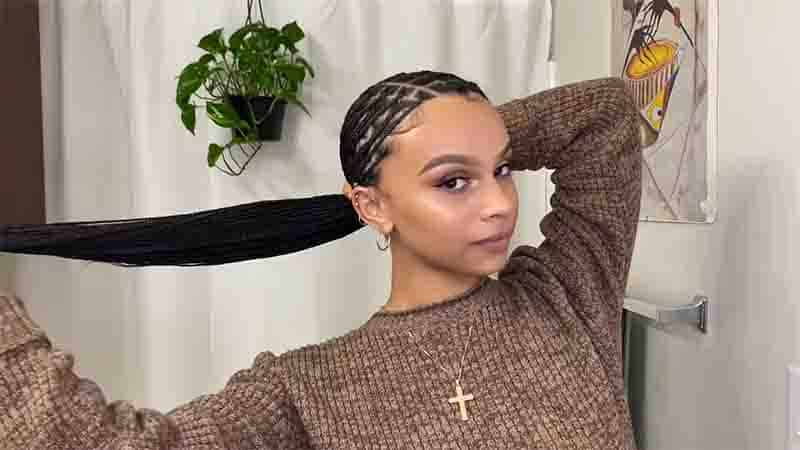
Like everything else in this world, braids aren’t everlasting. The recommended duration for “Protective Hairstyles” is eight weeks.
However, the duration depends on the type of hair, how well the hair is taken care of, and the style of the braid.
Box braids and Cornrows can be kept for a maximum of 10 weeks. Microbraids can last up to 12 weeks when done right. Ghana Braids only last up to 2 or 3 weeks, 6 weeks at best, with extraordinary care.
Is it Good to Always Have Your Hair in Braids
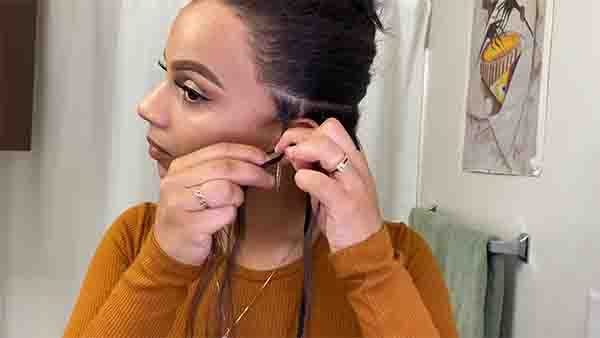
Braids are always an easy way out. They promote healthy hair growth by preventing hair breakage and frizz and also taking care of the scalp.
Moreover, it saves people from the hassle of regularly styling their hair, and they have endless options.
However, braids aren’t always the most beneficial. Braids cost people a lot of money and time as they have to be appropriately done by a professional. When done incorrectly, braids can cause traction alopecia.
How Long is Too Long to Keep Braids In
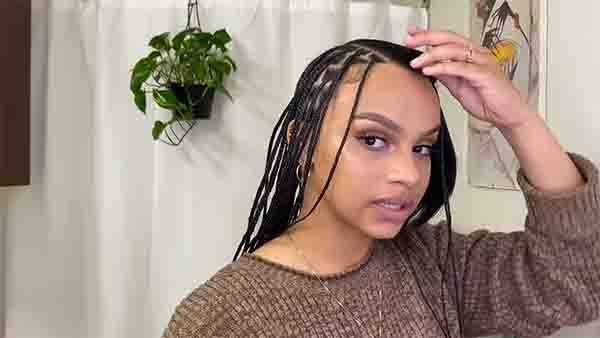
It varies from person to person, depending on the type of braid and how well people take care of it.
However, to give a general idea: it’s never safe to keep the braids in for longer than two months, especially for people with thinner hair. Keeping the braids in for too long can make the hair more frizzy and create product build-up.
How Do You Know When It’s Time to Take Your Braids Out
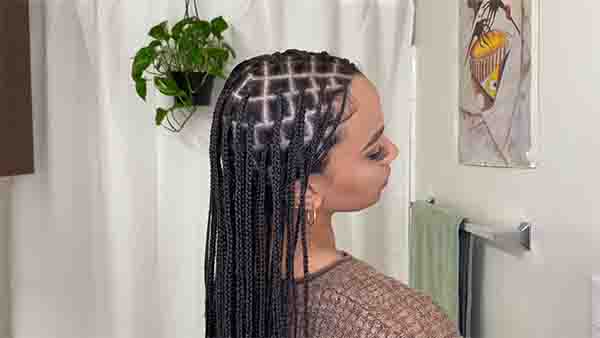
Signs you need to take your braids out:
- New hair growth signifies it’s time to take out the braids. Once you have newer patches of hair, they will start separating from the root of the braid. This might lead to twisted and tangled hair.
- Dirt and product build-up are other signs which give off an odor. Applying moisturizers, conditioners, and dry shampoo creates buildup, which, when combined with dirt, makes the scalp greasy and smell horrible. This can make your scalp itchy too.
- You know it’s time to get those braids out when your hair feels dry and matted. Over time, your scalp will get drier because of a lack of proper hair regimen.
What Happens if You Keep Your Braids in for 3 Months
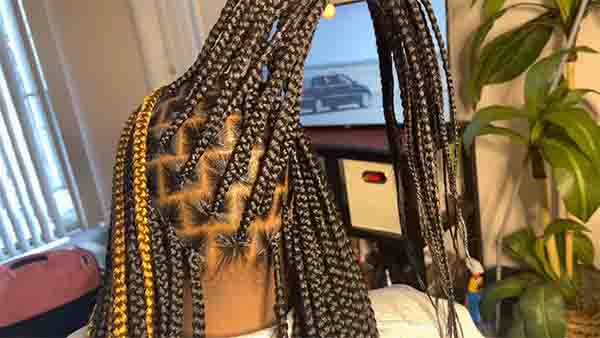
a. Braids Can Damage Hairline
If your braids are too tight they’ll constantly pull and tug on your hair, leading to hairline damage.
b. Braids Can Break Your Edges Off
The more your hair is pulled, the more stress builds up on your weak edges, which causes them to break.
c. Braids Cause Hair Thinning
When worn too tightly, braids can cause your hair to thin as a result of traction.
d. Braids Can Cause Permanent Hair Loss
The tension from extremely tight braids can severely damage the hair follicles, worsening your scalp’s health and preventing future hair growth.
e. Braids Can Cause Inflammation and Infections
When kept for too long, the natural sebum and skin cells shed from the scalp create a suitable environment for bacteria, which can lead to infections and inflammations on the scalp.
How Long Should You Let Your Hair Breathe Between Protective Styles
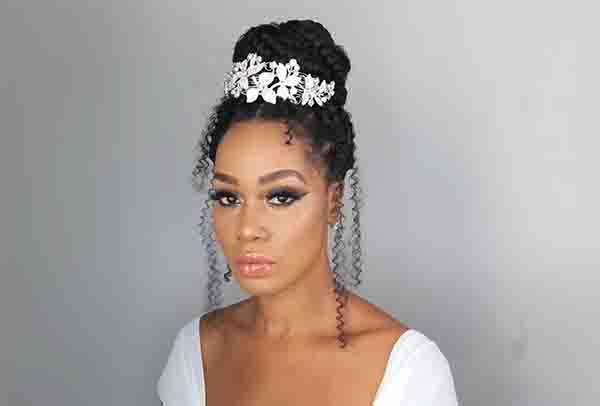
Letting your natural hair and scalp breathe is usually recommended before getting a new protective hairstyle. Check out the condition of your natural hair and treat your hair with what’s needed before going in for the following style.
As for how long you should let your hair breathe before re-styling it, the minimum recommended period is a week, at least.
How Much Hair Should You Lose After Braids
On average, people usually shed 50-100 hair strands every day. When the hair is braided, it is not unusual to notice a little more shedding than usual. If you take good care of your braids, a little hair fall shouldn’t be a major concern.
How Do I Keep My Hair Healthy with Braids
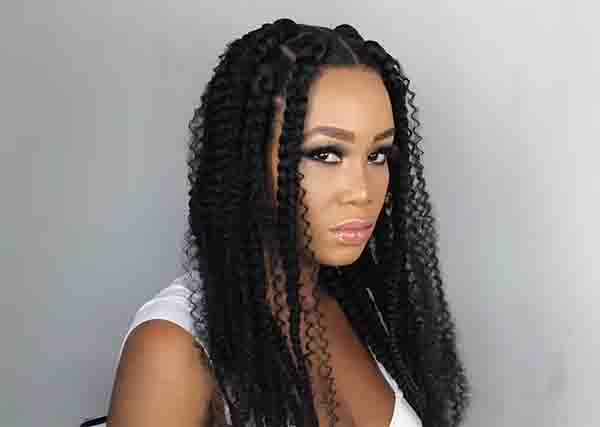
Hair care begins with scalp care; make sure to take care of your scalp before installing the braids.
Use a clarifying shampoo to get all the gunk out from the scalp. Use a conditioner afterward to put back moisture in your hair; using a mask for deep conditioning is more beneficial.
What’s more important to keep your hair healthy is protecting your braids. Wrap your hair in a satin or silk scarf to reduce frizziness.
Use a dry shampoo or a leave-in conditioner in your braids, but remember to minimize the product you use to avoid build-up.
FAQs
It is generally okay to always have your hair braided, but it’s important to ensure that your hair is properly cared for and not pulled too tightly.
If your hair is always braided, it can lead to tension and stress on the hair shaft, potentially causing breakage and damage over time.
It’s recommended to braid your hair every 6-8 weeks to give your hair time to breathe and minimize the risk of damage.
Braiding your hair every week may not be ideal as it can cause strain on the hair and scalp, leading to potential damage.
Braiding hair can help protect it from environmental factors, reduce tangling and breakage, and promote healthy hair growth.
The benefits of keeping your hair braided include reduced manipulation, protection from external damage, and ease of styling.
It’s generally recommended to let your hair breathe between braids for at least 1-2 weeks to prevent tension and breakage.
It’s best to let your hair breathe between protective styles for at least 2-4 weeks to allow for proper scalp health and hair growth.
Disadvantages of braids can include tension on the hair shaft, potential breakage, and scalp issues if not properly cared for.
Low-tension braids, such as loose box braids or crochet braids, are less likely to damage the hair compared to tight, small braids.
There is no specific hairstyle that can make hair grow faster, as hair growth is primarily determined by genetics and overall health.
Braids can potentially cause hairline recession if they are too tight or if the hair is pulled too forcefully during the braiding process.
Braids can aid in hair growth by protecting the hair from damage and breakage, allowing it to grow longer without constant manipulation.
Benefits of braiding your hair can include reduced tangling, protection from environmental damage, and ease of styling.
It’s generally recommended to keep braids in for 6-8 weeks to prevent potential damage from prolonged tension on the hair.
Braids such as loose box braids or large two-strand twists are considered best for hair growth as they put less tension on the hair.
It’s better to braid hair when it’s dry, as wet hair can be more fragile and prone to breakage.
It’s not recommended to shower with braids too frequently, as excessive moisture can cause the hair to swell and potentially lead to frizz and breakage. It’s best to limit washing to once every 1-2 weeks.
Conclusion
Braids are some people’s go-to hairstyle because of their durability and add to your look too! Don’t be afraid to get that braid you’ve been contemplating.
With proper hair care and regimen, you can rock any braid you want. Without having to worry about what happens if you always braid your hair?
We hope you know the answer to your question now and that this helps to take care of your braids.

